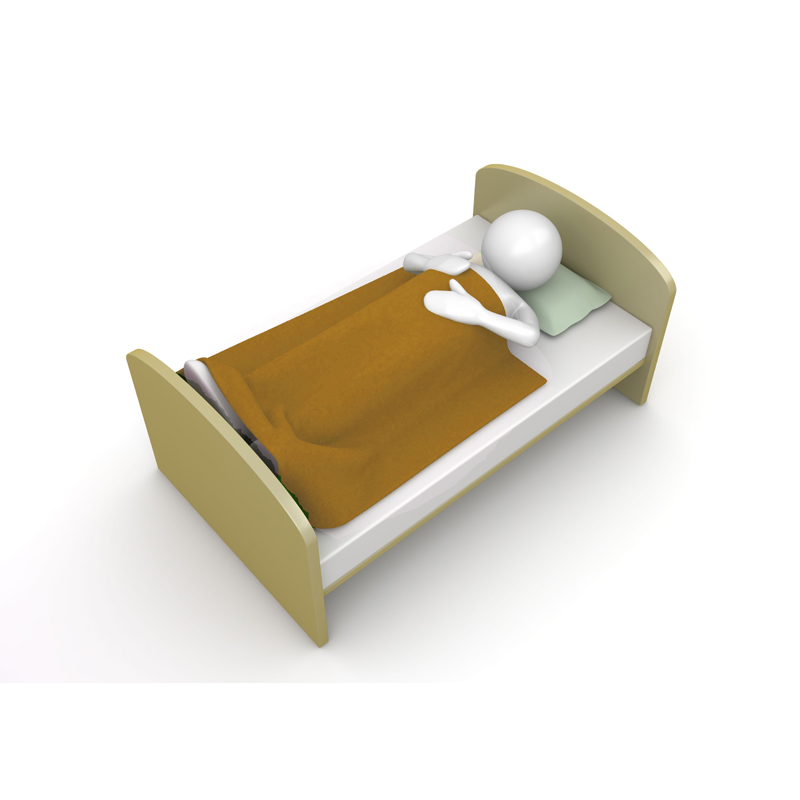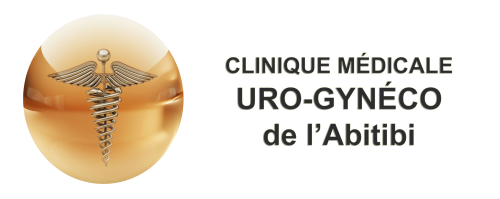Obstetric ultrasound

What is it?
Obstetric ultrasonography uses sound waves to create a visual representation of the developing embryo or fetus in its mother’s uterus.
Ultrasonography uses ultrasound and not X-rays.
An ultrasound emitting probe is applied to your stomach. The wave propagates in the tissue and is reflected by the fetus in the form of an echo. This signal is analyzed by a powerful computer system that transforms this information into a live image.
The ultrasound machine has four main elements:
• The probe that emits ultrasound and receives the signal after passage through the tissue. It is connected to the camera.
• The video screen.
• The computer…
• The control panel.
Indications:
During your pregnancy, three ultrasounds are performed and they occur ate the first, second and third quarter. Other scans may be made if necessary.
Obstetric Ultrasound studies the development of the fetus, the placenta and the cord to:
• Monitor the pregnancy;
• Detect a possible defect.
It allows:
• Screen morphological abnormalities (each organ is studied one at a time);
• Allows to date the exact start of pregnancy;
• Determine the number of fetuses;
• Look for malformations
• Measure the size of the head, femur, abdomen;
• Assess fetal development;
• Appreciate the mobility of the fetus thus its vitality.


How is the exam perform?
Before the examination, you will be sent to the locker room to change. We will tell you what to remove.
Do not forget to go to the bathroom for comfort.
During the examination, you will be lying on your back.
A gel will be applied on your skin for proper transmission of ultrasound. The probe is then moved across your belly facing the fetus. The doctor will ask you to change positions during the exam. Sometimes to the ultrasound can be made through your vagina to improve image quality.
It lasts 10 to 20 minutes. It’s a quick review!
Results: The doctor will give you the first comment. Its final report will be sent as soon as possible to your doctor.
Is it painful?
There is zero pain associated with this procedure.


What are the risks?
There are absolutely no risks both for you and the fetus
What do I need to do to prepare?
No preparation is necessary.
You can eat and drink normally.
Bring:
• The letter from your doctor and prescriptions;
• Your social assured card;
• The minutes of the previous ultrasounds.
Report:
• Your personal and family history;
• The date of your last period;
• The date of the beginning of pregnancy.

Contact-us
Phone
Address
1660, 3E AV, VAL-D’OR, Québec J9P 1W1
